
views
Hunting With Pots
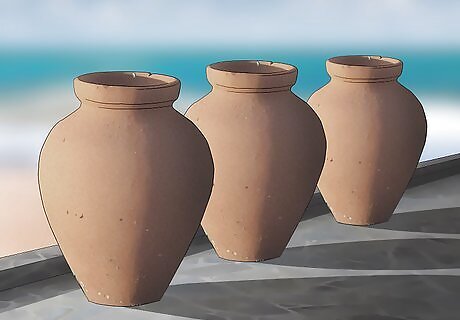
Choose the type of pot you intend to use. Call or visit the local fishing and hunting store to discuss the species of octopus you will be hunting, and which pots are most effective for the area you are in. The type of pots you choose may vary with your approach. You may wish to traditionally hunt octopus for the experience, or be commercially hunting octopus to make a living. So it is a good idea to think hard about your decision. There are many different types of pot you can use, ranging from the traditional clay pot which has been used for centuries, to the modern traps that have been developed today.
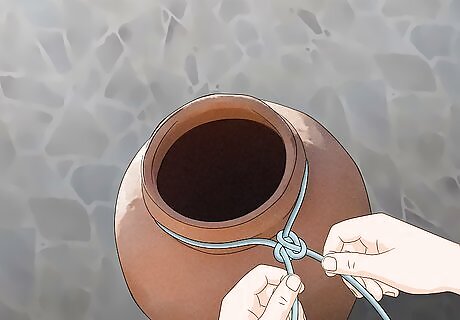
Tie your pots to a long rope. Make sure to use a strong knot so that you don't lose any pots! If you are using multiple pots, tie them on to the rope every few yards, so that when you put them in the water, you cover a lot of room on the seafloor. Be sure to tie your pots before setting out on a boat. It can be difficult to do this on choppy water if you are inexperienced.
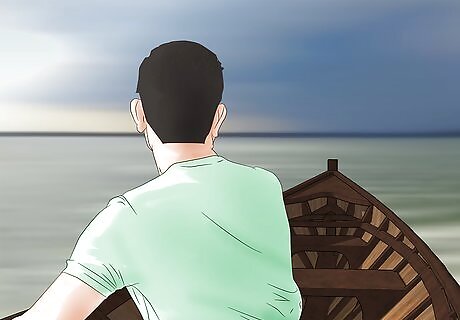
Take a boat out and pick your spot for dropping the octopus pots. Choose an area with a lot of fish, and areas where an octopus might hide. This is prime real estate for octopuses as they like to hide away and hunt from cover. Coral reefs and rock formations are a good starting point when looking for a place to drop your pots. Talk to local fishermen and ask about good spots for finding octopuses or reefs that you may find them at.
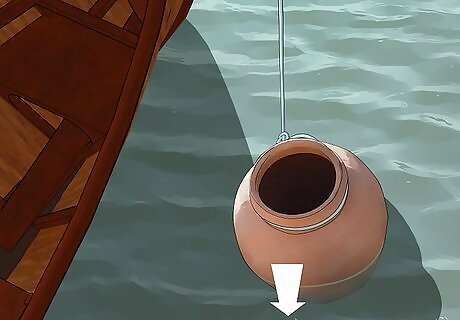
Drop your pots into the water. Try and spread out the area that you drop the pots in, so that they don't all land in the same place. If they are all on the same line, you want to spread them out as far as you can to cover as much of the seafloor as possible. Be sure to have a buoy tied to your rope. This will help you find your pots when you go back for them, and hold the rope so that you have a way of pulling them out.
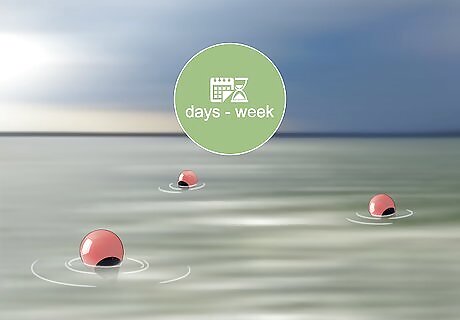
Wait for the octopus to enter the pots. It's hard to tell when you’ve caught an octopus so it is a good idea to wait for a long enough time before you return to pull up your pots. This can be from anywhere over the course of a day, to over a week. It's up to you about how thorough you want to be.
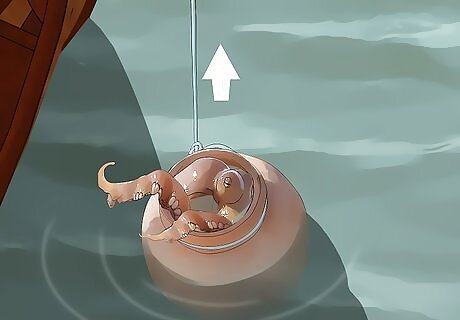
Pull up the pots. Inspect each one as you go, check to see if the octopus is over the weight, and/or size it needs to be for you to keep it. If it is not you will have to throw it back. Remember that the octopus will be alive when you pull it out of the water, so make sure you have a good place to store it when you empty the pot. Being fast, and steady-handed here is important. Given the opportunity, the octopus will escape. They are incredible crafty at getting away!
Spearing an Octopus

Consider the kind of spear you want to use. Different regions all over the world use different kinds of spear for octopus fishing. Get advice on what kind of spear you should use from local fishermen, and fishing and hunting stores. Be sure to check local regulations to see what is legal when it comes to spear fishing. In Greece, a common type of spear is the trident. Depending on your ideals, you should consider whether you want to use a propelled speargun, or a more traditional freeheld spear, or trident.

Pick your dive spot. Look for a reef, or rocky seafloor, somewhere an octopus could make it's den. Drop your anchor into the water and wait for it to catch on the bottom before you dive. You don’t want your boat floating away while you are underwater. Make sure the water is not too deep if you are free diving. Be very careful when picking a dive spot. Some regions are very protective of their natural resources and their waters. Check with locals that the area is okay to go to if you are diving away from home.
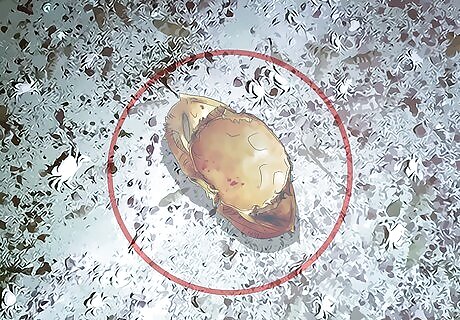
Track the octopus. Look along the seafloor for signs of an octopus, like broken crab shells, or empty shellfish. Keep an eye out for any motion, and familiarize yourself with the type of octopus you will be hunting so you know what to look out for. An octopus will make a home, or den, out of any hole or crevice that it can fit into. They are also masters of camouflage so be very thorough when looking out for them.
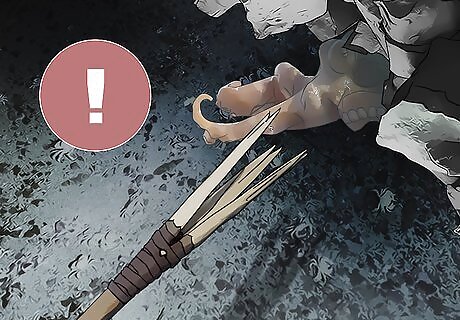
Coax your octopus out into the open. Once you’ve found an octopus, if it is in its den, you need to coax it out. Use your spear or trident to coax it out of its hiding spot by poking around until it gets defensive, and starts to grab onto your spear.
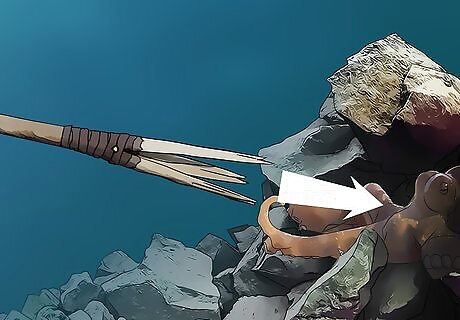
Spear the octopus once you’re in range. Thrust your spear or trident into the octopus, aiming in between its eyes in order to kill it fast, and avoid unnecessary suffering. You should be carrying a knife on your belt in case you do miss and need to quickly kill the octopus.
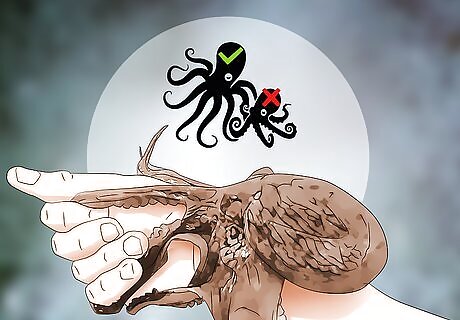
Check the size of the octopus. It is important you abide by local fishing regulations. Check to see if the octopus is over the weight, and/or size it needs to be for you to keep it. If it is not you should leave it alone. The octopus may struggle, and ink. This is a defensive mechanism, so you should try to be as fast, and clean as you can to avoid hurting yourself and anyone around you.
Catching an Octopus by Hand

Buy a lure to catch your octopus. You need a brightly colored lure that looks like a small fish or octopus, and attach it onto the end of a gaff. A gaff is a pole with a hook on the end used for fishing. You can buy these from a fishing and hunting store, or online. A good color for luring octopuses is red. Red is the color of an angry octopus, which will cause another octopus to grab your lure in order to defend itself from the 'angry octopus'. If you're feeling particularly crafty you can fashion one out of wood, or plastic, or anything else that will be strong enough to stay attached to your gaff!
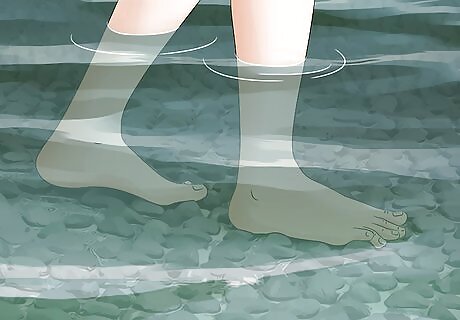
Find a beach with shallow pools. This is where you will find octopus that you can catch by hand. They like to hide under rocks, and create dens in crevices, and other small holes. A tell tale sign of an octopus is broken crab shells, or open shellfish. An octopus will crack these open with it's beak when hunting and eating. Chances are if you spot an unusual amount of these, there is an octopus lurking in the pools near by!

Lure the octopus out of it's den. Holding your gaff, put the lure into the water and run it around the edge of the rocks, around the crevices you think an octopus could be hiding in. Be sure to check for ledges and holes that might not be visible at first.
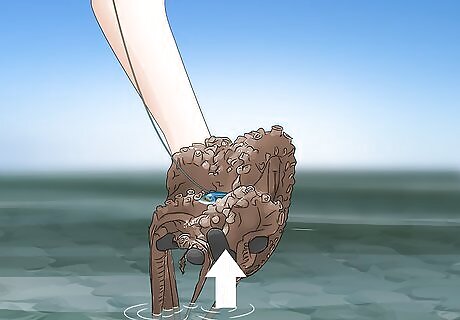
Catch the octopus when it comes out of hiding. When the octopus grabs your lure, pull the lure towards your free hand, and grab the octopus. It is a good idea to use gloves, as they have a beak that can deliver a nasty bite!
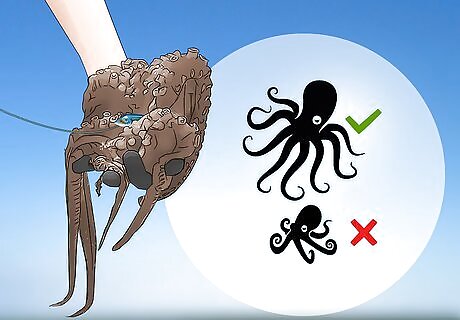
Check the size of the octopus. It is important you abide by local fishing regulations. Check to see if the octopus is over the weight, and/or size it needs to be for you to keep it. If it is not you will have to throw it back.
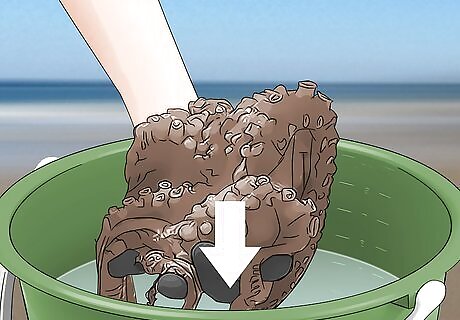
Keep your octopus in a water filled container. It is important that you keep your octopus alive until you intend to use it, as they can get very stiff after they die and become unusable. Keep a bucket of water, or container on hand for storing your octopus once you have caught it.










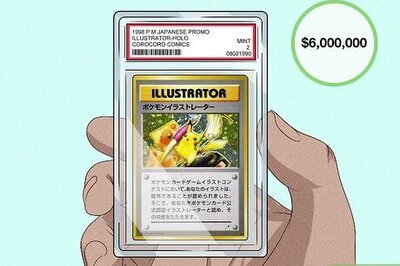








Comments
0 comment